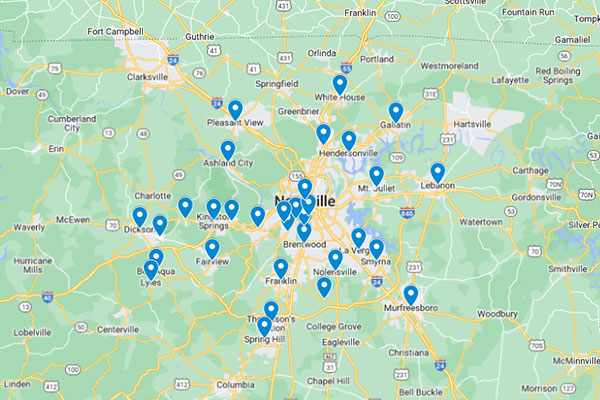Many people attempt to remove graffiti by painting over it. Though it may work in some cases, it is not a long-term solution. Paint can smear, chip, or peel, requiring removal again.
Test all removal methods and materials on a small area to ensure they work without damage to the surface. Use a cleaner that does not contain methanol, methylene chloride, or other flammable solvents. More by clicking here.
Reactive Removal Management
Graffiti is often considered an art form, but to business owners, it’s nothing more than vandalism that needs to be removed as quickly and easily as possible. Depending on the situation, this can require warning signs, cameras, or even professional graffiti cleaners.
Traditional graffiti solvents like acetone are toxic and pose a health risk to the user as well as the environment. There is now a range of eco-friendly cleaners available that don’t have negative side effects and work just as efficiently.
Hot water high-pressure cleaning is an effective method for removing most forms of graffiti. This is especially true if the graffiti is on concrete or brick walls. Particle blasting is also a very effective option for removing graffiti from many surfaces. This is particularly suitable for heritage surfaces such as those on listed buildings, as it is less abrasive than other options. The type of graffiti paint, the material of the substrate, and local and legal regulations will all influence the choice of the appropriate removal technique.
Proactive Removal Management
The most effective method of fighting graffiti is to respond quickly. Most perpetrators tire easily and will move elsewhere if they know that their work will be removed within 24 hours. Organizing a neighborhood group is one way of doing this. The members are responsible for inspecting their assigned areas and reporting new incidents to a team that will clean up the area within 24 hours.
In some cases, organizations such as councils may collaborate with private entities to ensure a consistent approach to graffiti management. This can be in the form of a contract where the City’s graffiti removal provider will remove graffiti from non-City owned and maintained buildings or infrastructure on a scheduled surveillance program or by request of the property owner or customer.
Some steps that are known to deter graffiti include increasing lighting or using motion-sensor lights, growing vines or appropriate vegetation to cover unpainted retaining walls, painting over the graffiti with matching paint, and coating surfaces with an anti-graffiti coating product. Historic structures require special consideration because sandblasting and power washing unless done at low pressure, can damage their surface.
Painting Over the Graffiti
There is a fine line between art and graffiti and often the most effective way to remove graffiti is to simply paint over it. This can be difficult if the original surface has a protective coating like wax, stain, or a sealer that needs to be stripped before it can be painted over.
The painting over process is much cheaper than chemical or high-pressure wash removal as it only requires one person, a tin of paint, and a brush or roller. It can also be much more environmentally friendly if the old graffiti paint is recycled into a new painting.
The best way to prepare a wall for painting over graffiti is to ensure it is clean of dirt and grease that hinders the paint adherence. If the base color is light and the previous graffiti is dark then it may be helpful to prime the wall with a stain blocker first. This will prevent the darker graffiti from bleeding through the fresh coat of paint.
Chemical Removal
Chemical solvents such as acetone, rubbing alcohol, and mineral spirits are able to remove paint and some forms of graffiti. They can be sprayed or brushed on the surface, although some may require gentle scraping with a metal brush. These chemicals are toxic by ingestion or inhalation and must be used with appropriate personal protective equipment like skin-resistant gloves, respirators (in narrow constricted areas), and face shields.
A poultice made from absorbent material (shredded paper, fluff pulp, or clays) mixed with the cleaner can be used to control the penetration of the solvent into the substrate. This helps reduce the amount of chemicals required to remove graffiti.
Other graffiti removal methods include sandblasting and wet ice blasting. These are able to effectively remove spray and magic marker graffiti without damaging the substrate surface. This is especially useful on heritage surfaces where the harshness of a particle blast would otherwise damage the surface. Dry ice blasting is also an environmentally friendly method since there is no wastewater or chemicals involved. Definitely worth checking out!

